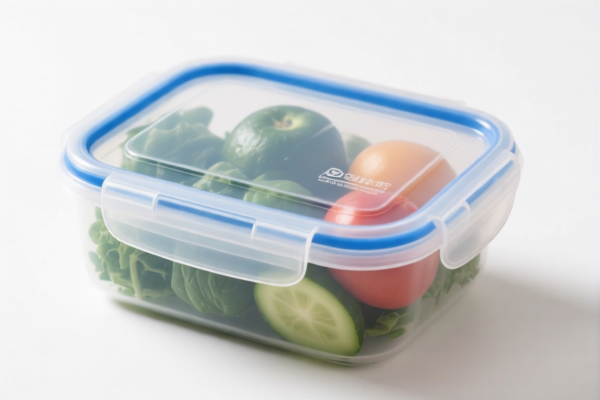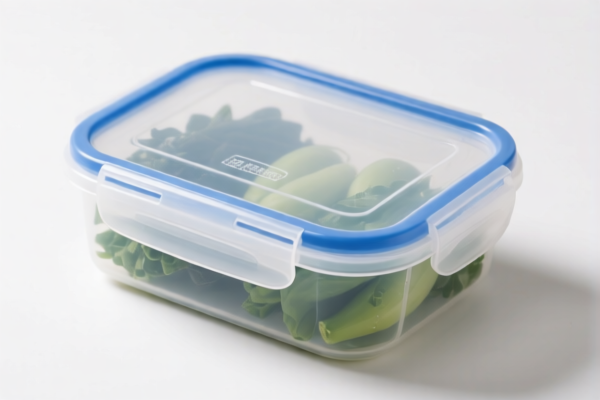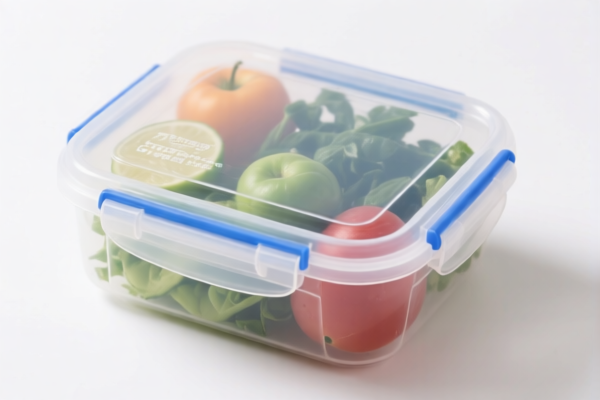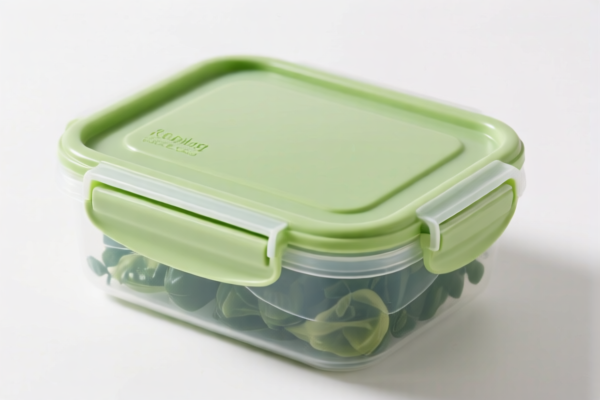| HS Code | Official Doc | Tariff Rate | Origin | Destination | Effective Date |
|---|---|---|---|---|---|
| 3923102000 | Doc | 55.0% | CN | US | 2025-05-12 |
| 3923109000 | Doc | 58.0% | CN | US | 2025-05-12 |
| 3926901600 | Doc | 40.6% | CN | US | 2025-05-12 |
| 4415103000 | Doc | 55.0% | CN | US | 2025-05-12 |
| 4415106000 | Doc | 55.0% | CN | US | 2025-05-12 |
| 4421918800 | Doc | 30.0% | CN | US | 2025-05-12 |
| 4421998800 | Doc | 37.5% | CN | US | 2025-05-12 |
| 6909900000 | Doc | 59.0% | CN | US | 2025-05-12 |
| 6909195095 | Doc | 59.0% | CN | US | 2025-05-12 |




Fresh Keeping Box
A fresh keeping box (also commonly referred to as a food storage container) is a reusable container used to store food items, primarily to maintain freshness and prevent spoilage. They are a ubiquitous household item employed across a wide range of food preservation needs.
Material
Fresh keeping boxes are manufactured from a variety of materials, each with distinct properties:
- Plastic: The most common material due to its affordability, light weight, and versatility. Common plastic types include:
- Polypropylene (PP): Microwave-safe, relatively heat-resistant, and commonly used for everyday storage.
- Polyethylene (PE): Flexible, often used for freezer bags and softer containers.
- Polystyrene (PS): Less durable, often used for disposable containers.
- Tritan: BPA-free plastic, known for its clarity and durability.
- Glass: Offers superior durability, is non-porous (doesn’t retain odors or stains), and is safe for high temperatures (oven, microwave). Heavier and more prone to breakage than plastic.
- Stainless Steel: Highly durable, non-reactive, and suitable for a wide range of temperatures. Opaque, so contents are not visible.
- Silicone: Flexible, heat-resistant, and often collapsible for easy storage. Can sometimes retain odors.
Purpose
The primary purpose of a fresh keeping box is to:
- Preserve Food Freshness: Creating an airtight or sealed environment slows down oxidation, moisture loss, and the growth of bacteria.
- Prevent Spoilage: Reduces food waste by extending the shelf life of perishable items.
- Organization: Provides a structured method for storing food in refrigerators, freezers, and pantries.
- Portability: Facilitates easy transport of food for lunches, picnics, or travel.
Function
- Airtight Seal: Most boxes feature lids designed to create an airtight seal, preventing air and moisture from entering. Seals can be achieved through various mechanisms, including snap-on lids, clamp-on lids, or silicone gaskets.
- Stackability: Many designs are stackable, maximizing storage space.
- Temperature Resistance: Materials are chosen based on intended use (refrigeration, freezing, microwaving, oven use).
- Visibility: Clear or translucent materials allow for easy identification of contents.
- Dishwasher Safety: Most boxes are dishwasher-safe for easy cleaning.
Usage Scenarios
- Refrigerating Leftovers: Storing cooked food to prevent spoilage and maintain quality.
- Freezing Food: Preserving food for longer periods.
- Packing Lunches: Transporting meals and snacks.
- Marinating: Containing food during the marination process.
- Storing Dry Goods: Keeping pantry items fresh and organized (e.g., cereal, pasta, snacks).
- Meal Prepping: Portioning and storing prepared meals for the week.
Common Types
- Modular Containers: Sets of containers designed to stack and nest for efficient storage.
- Snap-Lock Containers: Feature snap-on lids for a simple and secure seal.
- Glass Containers with Lids: Often feature airtight silicone seals and are suitable for oven and microwave use.
- Silicone Containers: Flexible and collapsible, ideal for space-saving storage.
- Lunch Boxes: Specifically designed for packing lunches, often with compartments.
- Produce Containers: Designed to store fruits and vegetables, often with ventilation features to control humidity.
- Vacuum Storage Containers: Utilize a vacuum pump to remove air, extending the shelf life of food significantly.
Fresh keeping boxes fall under articles for the conveyance or packing of goods, typically made of plastics. Here's a breakdown of relevant HS codes based on the provided information:
-
3923.10.20.00: This HS code covers articles for the conveyance or packing of goods, of plastics; stoppers, lids, caps and other closures, of plastics: Boxes, cases, crates and similar articles: Specially shaped or fitted for the conveyance or packing of semiconductor wafers, masks or reticles of subheadings 3923.10 or 8486.90. This is specifically for boxes designed for semiconductor components.
- 39: Chapter 39 covers plastics and articles thereof.
- 23.10: Heading 39.23 covers articles for the conveyance or packing of goods, of plastics. The subheading 39.23.10 further specifies boxes, cases, crates, and similar articles.
- 20.00: This further specifies the articles are for semiconductor wafers, masks, or reticles.
-
3923.10.90.00: This HS code covers articles for the conveyance or packing of goods, of plastics; stoppers, lids, caps and other closures, of plastics: Boxes, cases, crates and similar articles: Other. This is a broader category for plastic boxes not specifically designed for semiconductors.
- 39: Chapter 39 covers plastics and articles thereof.
- 23.10: Heading 39.23 covers articles for the conveyance or packing of goods, of plastics. The subheading 39.23.10 further specifies boxes, cases, crates, and similar articles.
- 90.00: This indicates "other" plastic boxes, cases, or crates.
-
6909.90.00: This HS code covers ceramic wares for laboratory, chemical or other technical uses; ceramic troughs, tubs and similar receptacles of a kind used in agriculture; ceramic pots, jars and similar articles of a kind used for the conveyance or packing of goods: Other. This applies if the fresh keeping box is made of ceramic.
- 69: Chapter 69 covers ceramic products.
- 09: Heading 69.09 covers ceramic wares for laboratory, chemical, or technical uses, and similar articles for conveyance or packing.
- 90.00: This indicates "other" ceramic articles.
Regarding HS code 3923.10.20.00 and 3923.10.90.00, the total tax rate is 55.0% or 58.0% depending on the specific type of plastic box. The base tariff is 0.0% or 3.0%, with an additional 25.0% surcharge, increasing to 30.0% after April 2, 2025.
Customer Reviews
No reviews yet.